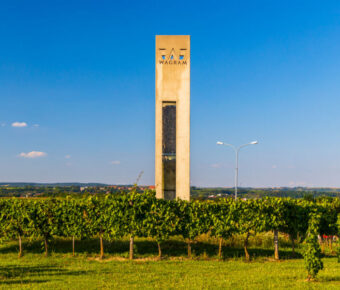
London vs Berlin: 5 Key Differences to Consider Before Your Next European Adventure
London and Berlin are two of Europe’s most exciting cities. Both offer rich history, buzzing nightlife, and diverse cultures. But which one is better for your next trip?
Berlin is generally more affordable for travelers because of London’s higher cost of living. You’ll find cheaper food, drinks, and accommodation in the German capital. Berlin’s public transport is also top-notch and easy to navigate.
London shines with its world-famous landmarks and museums. The city’s food scene is hard to beat, with countless international cuisines to try.
Berlin, on the other hand, boasts a more laid-back vibe and a thriving arts scene. Its nightlife is legendary, with clubs that stay open all weekend long.
Contents
- Historical Context
- Berlin’s Rich Past
- London’s Timeline
- Modern Lifestyle and Population
- Quality of Life in Berlin vs. London
- Population Density and Urban Planning
- Cultural Significance and Arts
- Museums and Galleries
- Performing Arts and Music
- Food and Culinary Delights
- Local Cuisine Analysis
- International Culinary Scene
- Entertainment and Nightlife
- Bars and Nightclubs
- Casual Venues and Beer Gardens
- Transportation and Mobility
- Berlin’s U-Bahn vs. London’s Tube
- Bike-Friendliness and Walkability
- Urban Attractions and Landmarks
- Famous Landmarks and Monuments
- Parks and Outdoor Activities
- Cost of Living and Expenses
- Housing and Accommodation
- Daily Expenses and Groceries
- Opportunities and Job Market
- Career Prospects in Tech and Business
- Part-Time Work for Students
- Frequently Asked Questions
- What are the key differences in the cost of living between London and Berlin?
- Can you compare the sizes of London and Berlin?
- Which city, London or Berlin, generally offers a better quality of life?
- What are the main factors to consider when visiting London or Berlin?
- How does the public transportation experience differ in London compared to Berlin?
- Could you discuss the cultural contrasts between London and Berlin?
- More Travel Guides
Historical Context

Berlin and London have fascinating histories that shaped their modern identities. Both cities faced major challenges and triumphs over the centuries, leaving lasting marks on their cultures and landscapes.
Berlin’s Rich Past
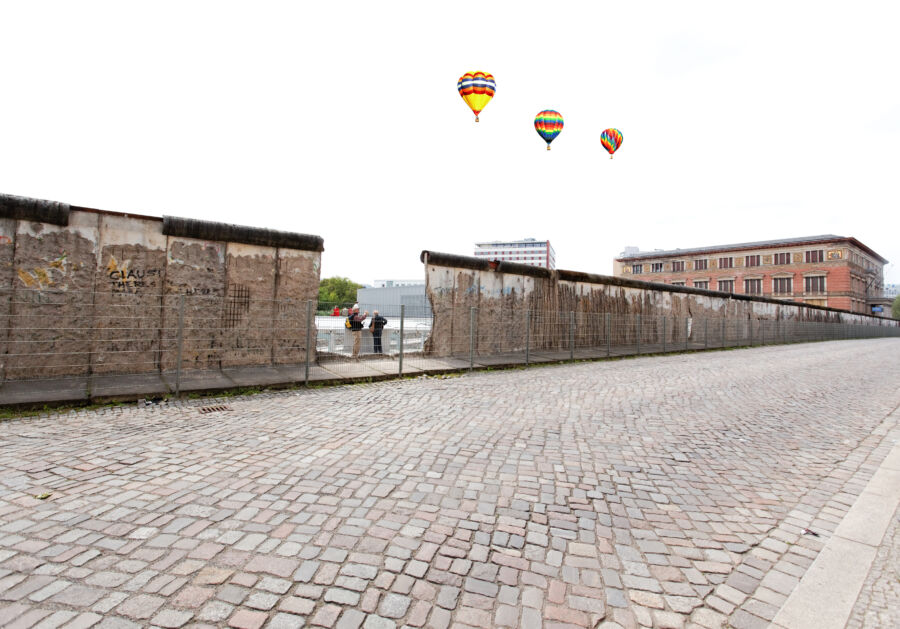
Berlin’s story is one of dramatic ups and downs. The city was the capital of Prussia and later the German Empire, becoming a major European power.
But World War II changed everything. Allied bombing destroyed much of Berlin, and after the war, it was split in two by the Berlin Wall.
For nearly 30 years, East and West Berlin were divided. The wall became a symbol of the Cold War. When it fell in 1989, it was a turning point in history. Pieces of the wall still stand as reminders.
Today, you can visit the Berlin Wall Memorial to learn about life in the divided city. The Brandenburg Gate, once isolated in the “death strip,” is now a symbol of unity.
London’s Timeline
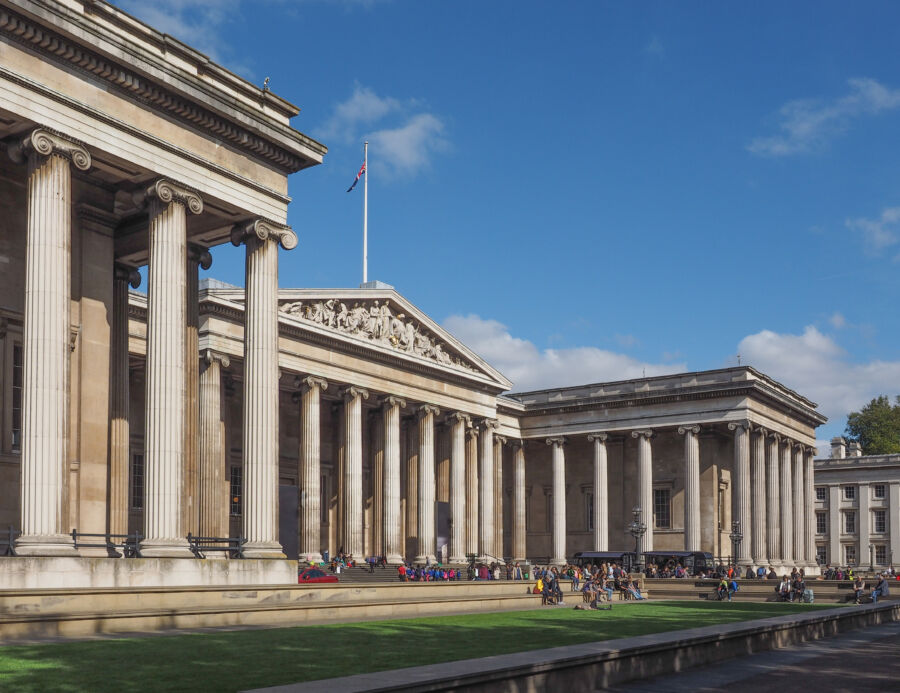
London’s history goes back almost 2,000 years to Roman times. It grew into one of the world’s most important cities. The Tower of London, built in 1066, shows how old some parts of the city are.
The city survived the Great Fire of 1666 and the Blitz in World War II, which reshaped London’s landscape. After each disaster, the city rebuilt and grew stronger.
London’s museums tell its long story. The British Museum has artifacts from around the world.
Many were collected during the days of the British Empire. This sometimes causes debate about where these objects belong.
London mixes old and new. You can see a medieval church next to a modern skyscraper. This blend of history and progress makes London unique.
Modern Lifestyle and Population

London and Berlin offer distinct urban experiences shaped by their populations and lifestyles. These two cities have unique vibes that cater to different types of residents and visitors.
Quality of Life in Berlin vs. London

Berlin shines when it comes to work-life balance. The city prioritizes leisure time, with shorter work hours and less overtime.
This gives Berliners more time to enjoy life outside of work. Berlin’s green spaces are plentiful, offering residents plenty of spots to relax and unwind.
London, on the other hand, has a faster pace. The city buzzes with energy 24/7.
While this can be exciting, it can also be stressful for some. London offers world-class amenities and cultural experiences, but they often come with a hefty price tag.
For families, Berlin tends to be more kid-friendly. It’s easier to find affordable housing with more space. London can be challenging for families due to high costs and crowded living conditions.
Population Density and Urban Planning
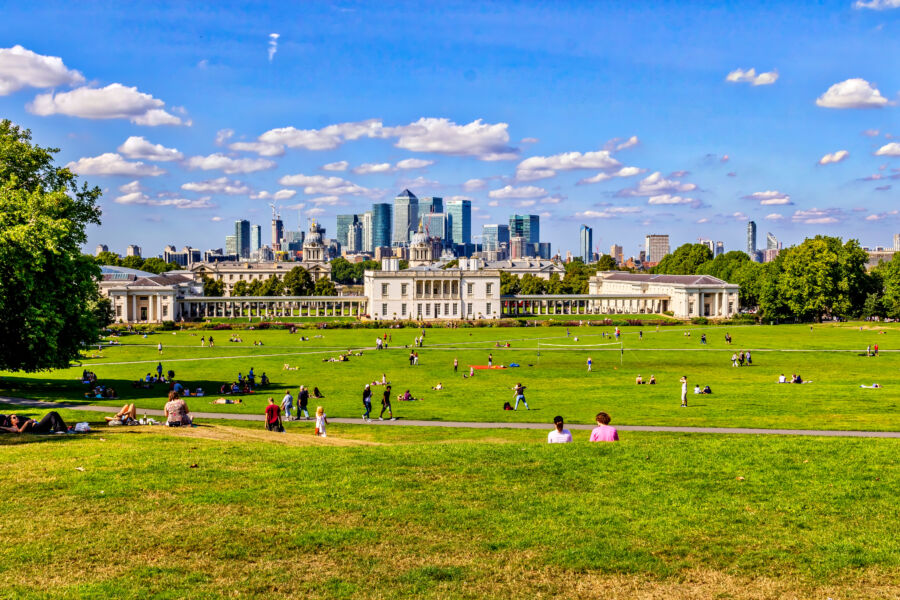
London packs a lot more people into its space. With about 9.5 million residents, it’s nearly three times as populous as Berlin. This means more crowded streets, busier public transport, and fiercer service competition.
Berlin’s 3.5 million residents enjoy more breathing room. The city’s lower population density means less crowding and easier access to amenities. Finding a parking spot is typically less of a hassle in Berlin.
Berlin’s urban planning focuses on spreading the population and creating a more relaxed atmosphere. London’s planning often involves fitting more people into limited space, creating a more compact and bustling environment.
Students might prefer Berlin’s laid-back vibe and lower costs. London’s diverse opportunities and global connections can be a big draw, but the high living expenses can challenge many young people.
Cultural Significance and Arts
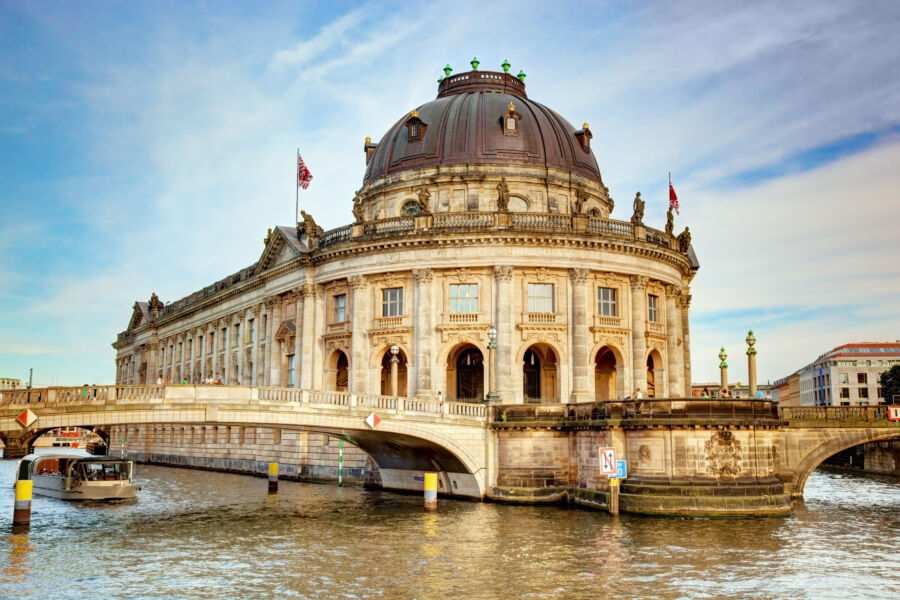
London and Berlin are cultural powerhouses, each with a unique artistic identity. These cities offer rich experiences in visual and performing arts that reflect their histories and contemporary scenes.
Museums and Galleries
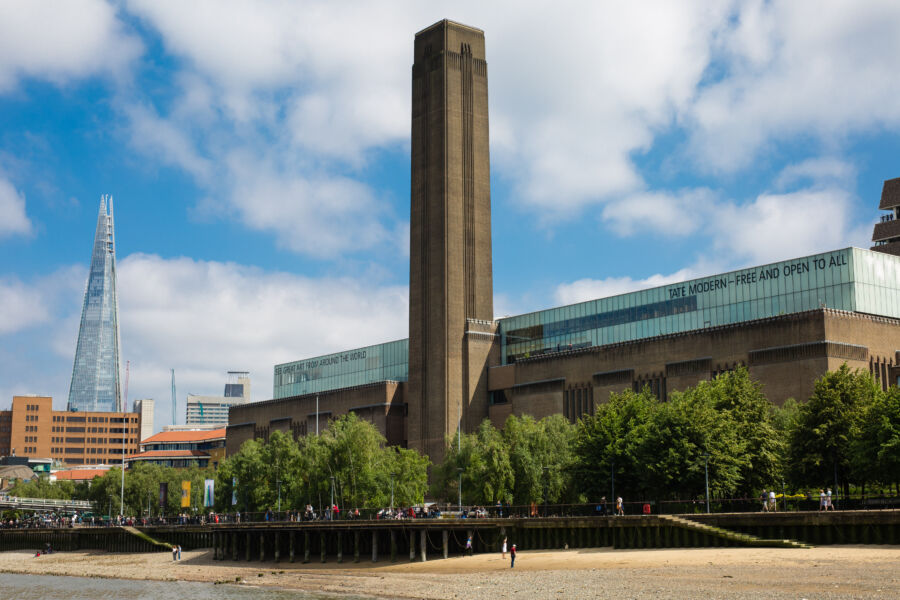
London’s museum scene is world-renowned. The British Museum houses treasures from around the globe, while the National Gallery showcases masterpieces of Western European painting. Tate Modern is a must-visit for contemporary art lovers.
Berlin’s Museum Island is a UNESCO World Heritage site. It’s home to five museums, including the Pergamon Museum, which houses ancient artifacts. The East Side Gallery, a painted section of the Berlin Wall, is an outdoor art gallery that tells the city’s story.
Both cities have thriving contemporary art scenes. London’s Saatchi Gallery and Berlin’s Berlinische Galerie spotlight emerging artists.
Performing Arts and Music
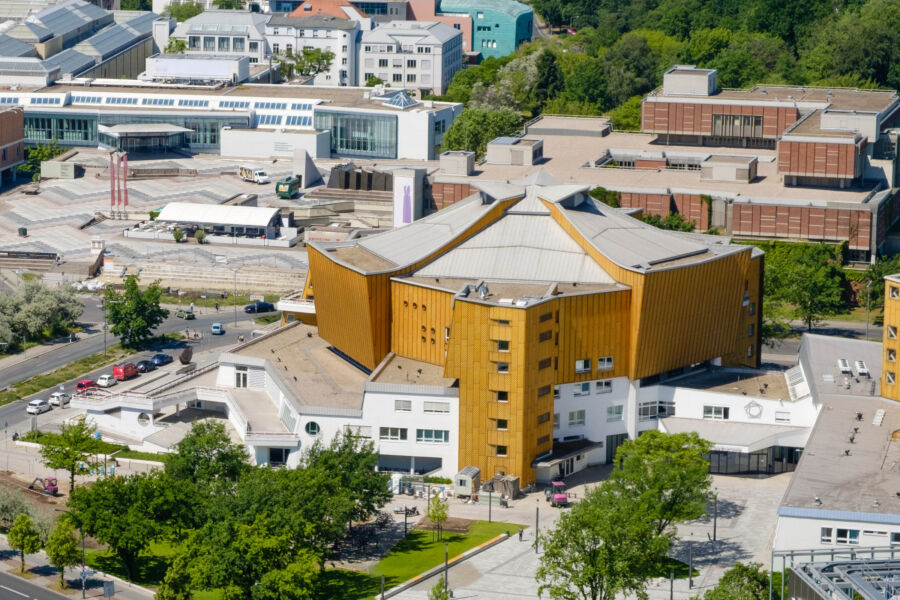
London’s West End is famous for its theater scene. You can catch world-class musicals and plays any night of the week. The Royal Opera House hosts top-notch opera and ballet performances.
Berlin’s music scene is electric. The Berlin Philharmonic is one of the world’s best orchestras. The city is also known for its techno clubs and underground music venues.
Both cities host major cultural festivals. The BBC Proms in London and Berlin’s Berlinale film festival draw international crowds. Street art tours in Berlin and London offer a glimpse into each city’s urban creativity.
Book Things To Do, Attractions, and Tours | GetYourGuide can help you plan your cultural adventures in both cities.
See Related: Exploring Germany in 7 Days: An Itinerary of Castles, Culture, and Cuisine
Food and Culinary Delights

London and Berlin offer mouthwatering food scenes that will tingle any foodie’s taste buds. From traditional local dishes to international flavors, these cities offer unforgettable culinary experiences.
Local Cuisine Analysis

London’s food scene is a melting pot of cultures. Fish and chips remain a classic, best enjoyed at a local pub with a pint.
For a fancy twist, afternoon tea at The Ritz is a must-try. Visitors can’t miss the Sunday roast – a hearty meal of roasted meat, veggies, and Yorkshire pudding.
Berlin’s local eats are hearty and filling. Currywurst, a sausage smothered in curry-spiced ketchup, is a street food icon.
Döner kebab, brought by Turkish immigrants, has become a Berlin staple. For something sweet, try Berliner Pfannkuchen, a jam-filled doughnut perfect with coffee.
Both cities have amazing food markets. Borough Market in London and Markthalle Neun in Berlin are foodie paradises. These spots let visitors sample local specialties and artisanal products.
International Culinary Scene

London’s international food scene is hard to beat. From high-end sushi to authentic Indian curries, the city caters to every palate. Brick Lane is famous for its Bangladeshi restaurants, while Chinatown offers a taste of the Far East.
Berlin’s international cuisine is more laid-back but equally diverse. The city is a haven for vegans and vegetarians, with many plant-based eateries.
Vietnamese and Middle Eastern restaurants are particularly popular. For a unique experience, try one of Berlin’s supper clubs – underground dining events hosted in people’s homes.
Both cities have their fair share of Michelin-starred restaurants. But Berlin’s dining scene tends to be more affordable, making it easier to explore without breaking the bank.
Entertainment and Nightlife

London and Berlin offer amazing nightlife scenes, but each city has a unique vibe. From swanky cocktail bars to gritty underground clubs, there’s something for everyone in these European hotspots.
Bars and Nightclubs

London’s bar scene is super diverse. There are trendy spots in Shoreditch, posh places in Mayfair, and classic pubs.
Fabric and Ministry of Sound are huge nightclubs that attract top DJs. The West End also has tons of theater and musicals.
Berlin is famous for its wild parties. Berghain is probably the most well-known club – it’s in an old power plant, and the line to get in can be long.
But there are loads of other cool spots like Tresor and Watergate. Techno music is big here, but you can find all kinds of genres.
Both cities have areas known for LGBTQ+ nightlife. Soho in London and Schöneberg in Berlin are great for gay bars and clubs.
Casual Venues and Beer Gardens
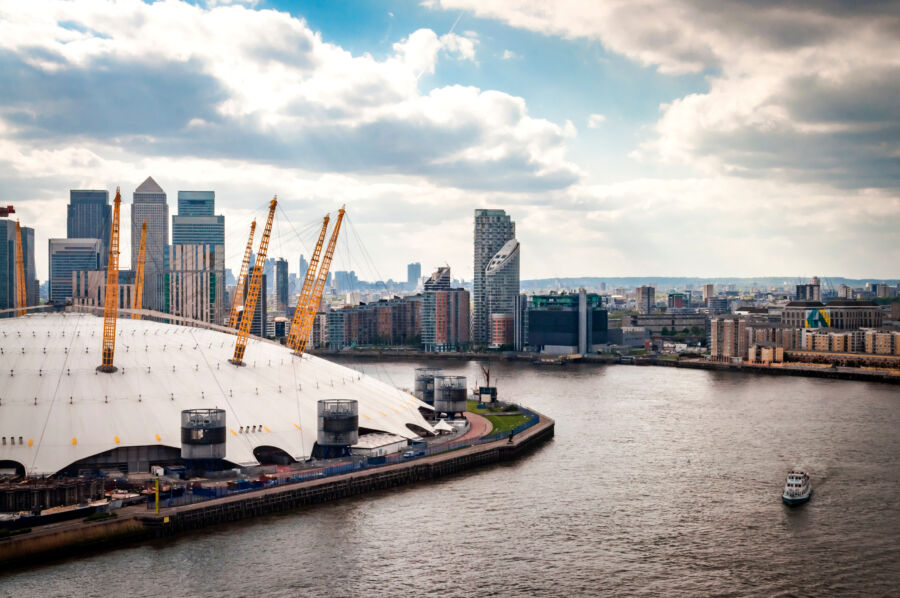
London has some awesome beer gardens for a more laid-back night out. The Faltering Fullback in Finsbury Park has a cool multi-level outdoor area, and lots of pubs have outdoor spaces perfect for summer evenings.
Berlin takes beer gardens to the next level. Prater Garten is the oldest in the city and can fit over 600 people! It’s a great spot to try German beers and hang out with locals. The city also has tons of casual bars and cafes that stay open late.
Live music is big in both places. London has famous venues like the O2 Arena for big acts, while Berlin has more underground spots like SO36 for punk and rock shows.
Transportation and Mobility

London and Berlin both boast world-class public transport systems. Each city has its unique approach to efficiently and sustainably getting people around.
Berlin’s U-Bahn vs. London’s Tube
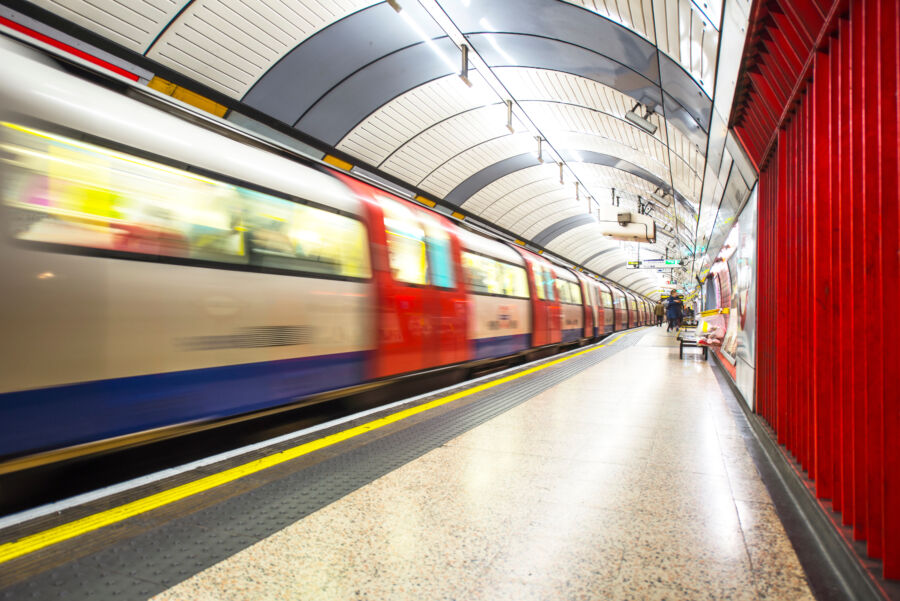
Berlin’s U-Bahn and London’s Tube are the backbone of each city’s transport network. The U-Bahn has nine lines covering 151 stations and is known for being punctual and clean. Trains come every 5 minutes during peak hours.
London’s Tube is older and larger, with 11 lines and 270 stations. It carries over 5 million passengers daily and runs more frequently than Berlin’s U-Bahn, but it can get very crowded during rush hour.
Both systems use zone-based fares. Berlin’s tickets are generally cheaper. The U-Bahn also allows dogs and bikes on board, which isn’t always the case on the Tube.
Bike-Friendliness and Walkability
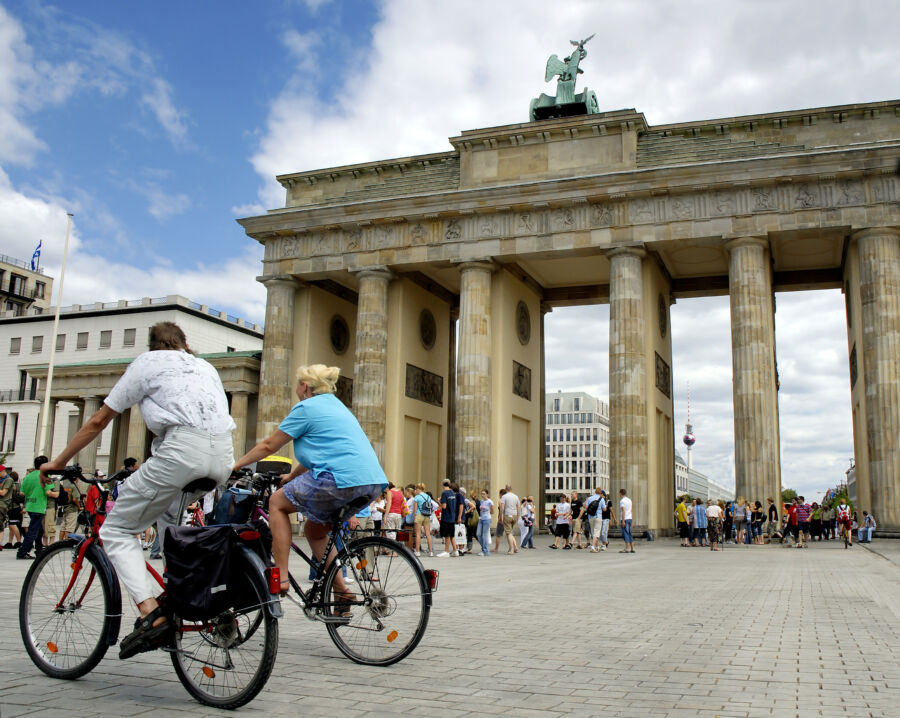
Berlin is super bike-friendly. The city has over 620 miles of bike lanes and paths, and locals cycle everywhere, even in winter. Bike parking is plentiful, and there are lots of bike-sharing options.
London has made big strides in becoming more bike-friendly, but it’s still catching up to Berlin. The city has added more bike lanes and a popular bike-share program called Santander Cycles.
Both cities are great for walking. Berlin is flatter and has wider sidewalks, making it a bit easier to stroll around. London has more pedestrianized areas and charming alleyways to explore.
Public transport in both cities is extensive. Berlin’s network includes buses, trams, and the S-Bahn commuter rail.
London has its iconic double-decker buses and the Underground rail network. The KAYAK website can help travelers find flights to either city.
Urban Attractions and Landmarks
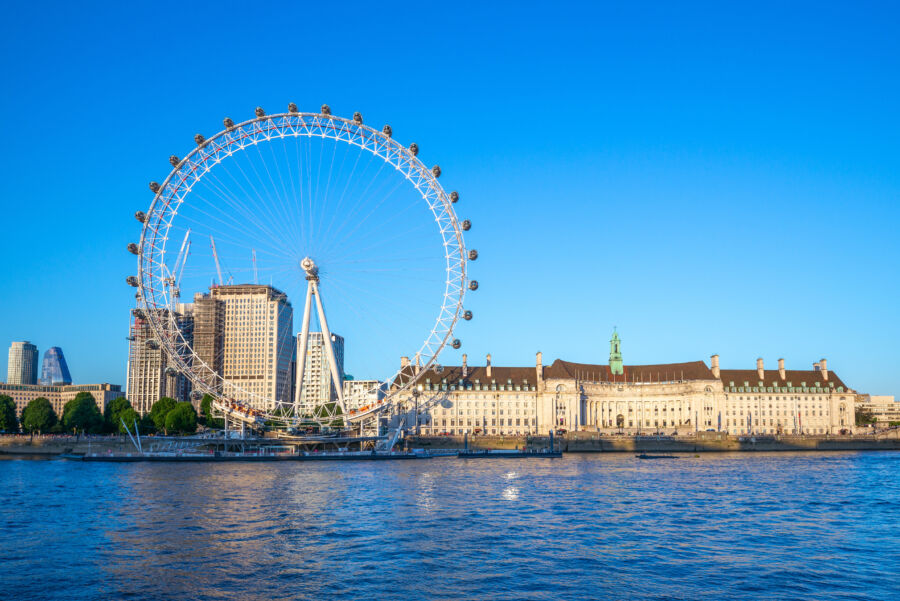
London and Berlin offer a wealth of iconic sights and green spaces for visitors to explore. Both cities have plenty to keep tourists busy, from historic buildings to modern marvels.
Famous Landmarks and Monuments
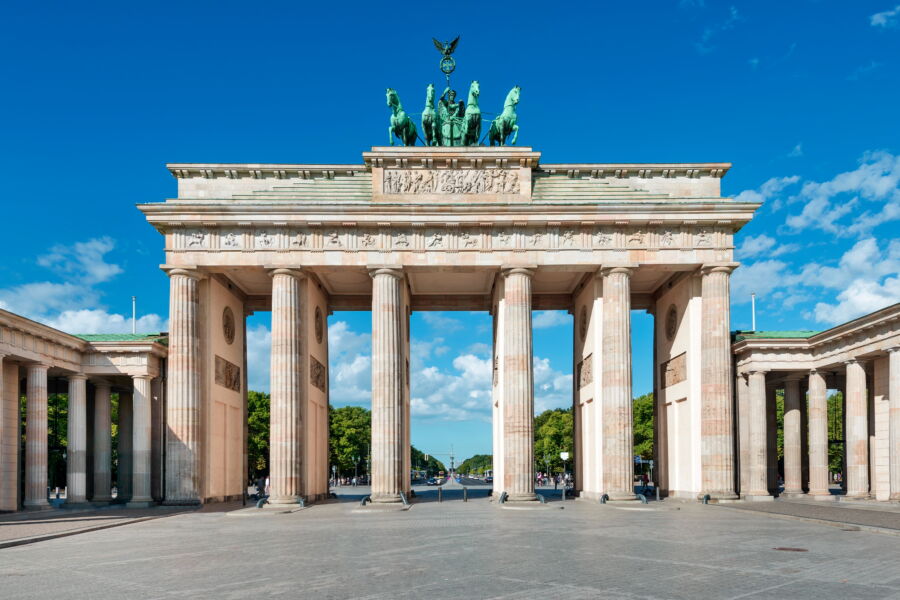
London’s skyline is dotted with recognizable landmarks, including the London Eye, which offers breathtaking views of the city from its giant wheel.
Big Ben chimes next to the Houses of Parliament, though it’s been quiet lately due to renovations. Buckingham Palace draws crowds hoping to spot royals.
Berlin also has its share of famous sights. The Brandenburg Gate stands as a symbol of German unity. The glass dome of the Reichstag building lets visitors peek into parliament sessions. The East Side Gallery features colorful murals on a remaining stretch of the Berlin Wall.
Both cities have world-class museums. London’s British Museum houses ancient treasures. Berlin’s Museum Island is home to five major institutions.
Parks and Outdoor Activities
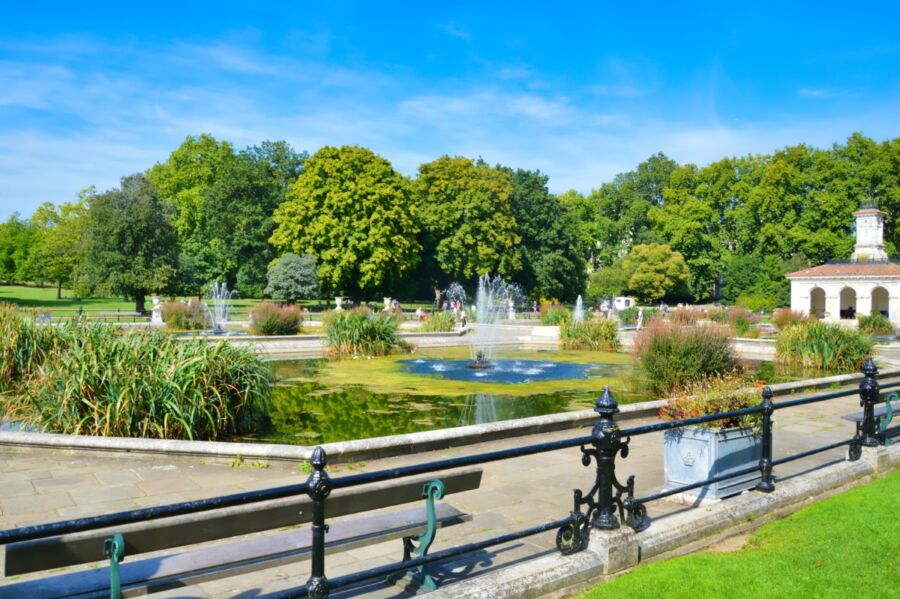
When the weather’s nice, locals and tourists flock to the parks. London’s Hyde Park offers rowboats on the Serpentine lake.
Meanwhile, Regent’s Park has a lovely rose garden, and kids love feeding the pelicans in St. James’s Park.
Berlin’s Tiergarten is a massive green space in the city center. It’s perfect for picnics, jogging, or just relaxing. The abandoned Tempelhof Airport has become a huge public park, and people bike on the old runways.
Both cities have rivers for boat tours. The Thames in London and the Spree in Berlin offer scenic ways to see the sights. Bike rentals are popular for exploring, too.
See Related: London vs Rome: Which Historic Capital Offers the Ultimate European Adventure?
Cost of Living and Expenses
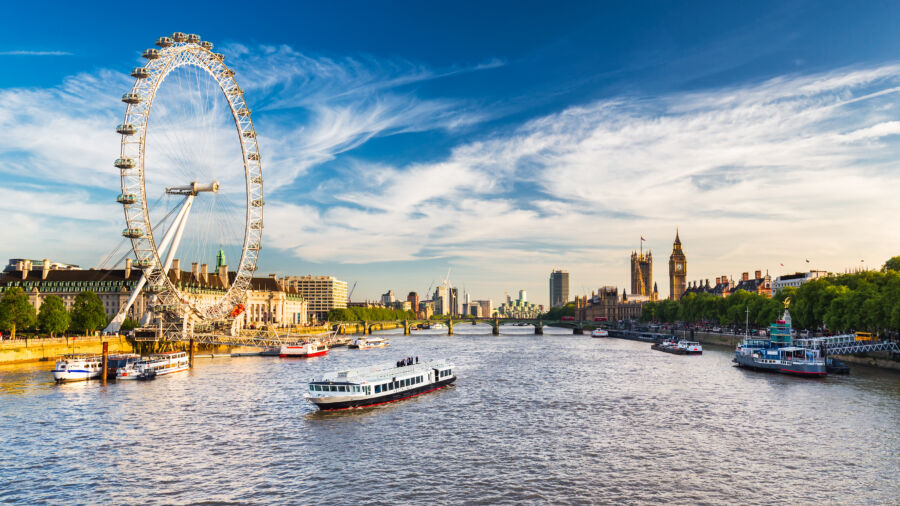
Berlin and London offer quite different financial landscapes for residents and visitors. Let’s examine how these two cities compare regarding everyday costs.
Housing and Accommodation

Rent takes a big bite from most people’s budgets in both cities. In London, you’ll need deeper pockets. A one-bedroom flat in the city center can easily cost £1,500-2,000 monthly. Meanwhile, Berlin is much kinder on the wallet. Expect to pay around €800-1,000 for a similar place.
Buying property? London’s sky-high prices make Berlin look like a bargain. But finding a place isn’t always easy in either city. Berlin has rent controls that keep costs down but can make apartments hard to snag.
Vacation rentals are plentiful in both capitals. Budget travelers can find hostels and cheap Airbnb, while luxury seekers have tons of posh options.
Daily Expenses and Groceries

Grocery shopping hits the wallet harder in London. A typical weekly shop for one person might cost £50-70. In Berlin, the same haul runs about €40-50. Both cities have budget-friendly supermarket chains like Lidl and Aldi.
Eating out is pricier in London, too. A casual meal for two might cost you £40-50, while in Berlin, it’s more like €25-35. But both cities offer tasty, cheap eats if you know where to look.
Public transport is a must in these sprawling capitals. London’s extensive system is convenient but costly. A monthly pass runs about £140. Meanwhile, Berlin’s network is nearly as good and much cheaper at around €86 per month.
Opportunities and Job Market
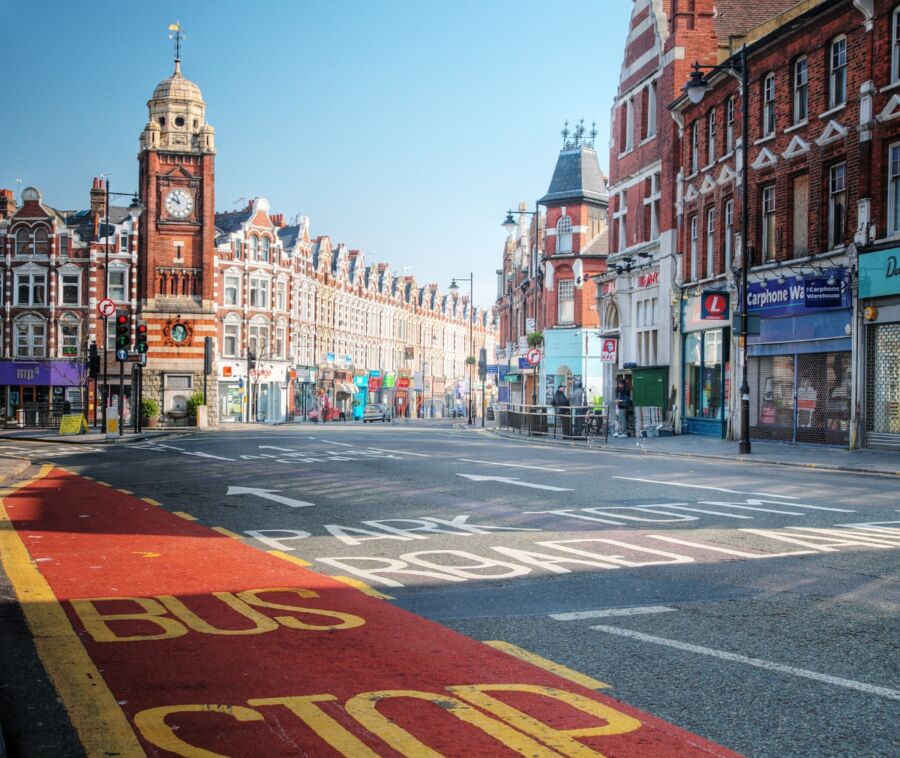
London and Berlin offer diverse career paths and work options for locals and expats alike. Each city has its unique strengths in terms of jobs and economic sectors.
Career Prospects in Tech and Business

London shines as a powerhouse for finance, tech, and business jobs. The city’s job market is massive, with opportunities in banking, startups, and multinational corporations. Tech roles are plentiful, from software engineering to data science.
Berlin has made a name for itself as a startup hub. The German capital attracts creative types and entrepreneurs. Tech jobs are growing fast, especially in artificial intelligence and blockchain. The cost of living is lower than in London, which can be a plus for starting.
Both cities welcome international talent. English is widely used in Berlin’s tech scene, making it easier for non-German speakers to find work.
Part-Time Work for Students

Students in London can find part-time gigs in retail, hospitality, and tutoring. The city’s vast size means more job options, but competition can be fierce. Many unis have job boards to help students find work.
Berlin is known for its laid-back vibe and work-life balance, which extends to student jobs. Cafes, bars, and startups often hire students part-time. The city’s affordable living costs mean students might not need to work as many hours as in pricey London.
Both cities offer internships at top companies, giving students valuable experience. Berlin’s startup scene can provide unique chances to wear multiple hats in a growing business.
See Related: Berlin vs Nuremberg: A Tale of Two German Cities – Which Offers the Better Experience?
Frequently Asked Questions
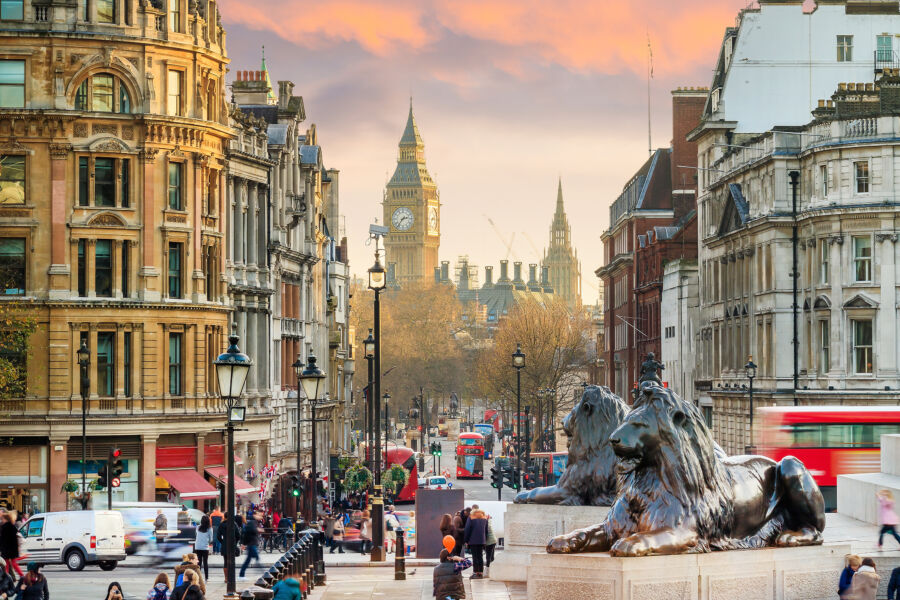
London and Berlin are both incredible cities with distinct personalities. Let’s dive into some common questions when comparing these two European capitals.
What are the key differences in the cost of living between London and Berlin?
London is quite a bit pricier than Berlin. Rent, food, and entertainment all cost more in the UK capital. Berlin offers better deals on housing and eating out. A pint of beer in Berlin might set you back €4, while in London, you’re looking at £6 or more.
Can you compare the sizes of London and Berlin?
London is the bigger city by far. It covers about 1,572 square kilometers and has nearly 9 million people.
Meanwhile, Berlin is smaller at around 892 square kilometers, with a population of about 3.7 million. London feels more sprawling, while Berlin is more compact.
Which city, London or Berlin, generally offers a better quality of life?
This depends on what you’re after. Berlin tends to offer a more relaxed pace and lower cost of living. London has more job opportunities and higher salaries.
Both cities have great culture and nightlife. Berlin has the edge in work-life balance, while London has the edge in career ambitions.
What are the main factors to consider when visiting London or Berlin?
Think about your interests and budget. London has world-famous sights like Big Ben and Buckingham Palace.
Meanwhile, Berlin is packed with history and edgy art scenes. London’s museums are mostly free, but other costs add up fast. Berlin lets you stretch your travel budget further.
How does the public transportation experience differ in London compared to Berlin?
Both cities have extensive public transit, but London’s is pricier. The Tube can get crazy crowded at rush hour.
Meanwhile, Berlin’s system feels more relaxed and spacious. London runs 24-hour weekend service on some lines. Berlin’s trains are known for being super punctual.
Could you discuss the cultural contrasts between London and Berlin?
London’s vibe is more polished and fast-paced. It’s a global financial hub with many suitable businesspeople.
On the other hand, Berlin has a grittier, more alternative feel. It’s full of artists and startup types. London embraces tradition, while Berlin constantly reinvents itself.

